City of Saints
October 26, 2018When Dennis Cormier arrived on the fifteenth floor of the Church Office Building in downtown Salt Lake City, his first appointment was already waiting. The visitor was fleshy, jowls and hips, about Dennis’ age, and…
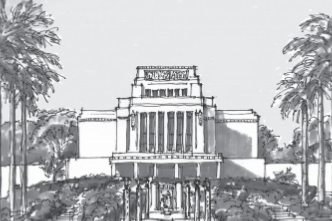
When Dennis Cormier arrived on the fifteenth floor of the Church Office Building in downtown Salt Lake City, his first appointment was already waiting. The visitor was fleshy, jowls and hips, about Dennis’ age, and…
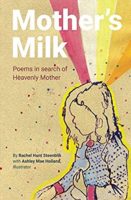
Mother’s Milk: Poems in Search of Heavenly Mother is a collection of poems written by Rachel Hunt Steenblik and illustrated by Ashley Mae Hoiland. Divided into four sections and armed with nearly thirty pages of notes, the work of this book appears to be two-fold: first, to enter into a discoveratory conversation about the nature of Heavenly Mother, and second, an outcropping of the research Steenblik conducted for the scholarly article “‘A Mother There’: A Survey of Historical Teachings about Mother in Heaven.”
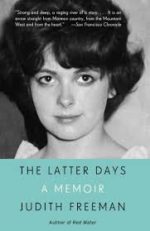
Judith Freeman’s The Latter Days: A Memoir is a remarkable memoir of an unremarkable life. The American novelist ticks all of the standard boxes when recounting her childhood—abusive father, distant mother, disowned sibling, youthful indiscretion—none falling…
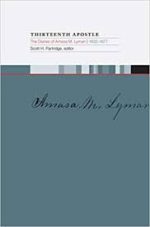
In historic accounts of Mormonism’s founding leaders, Amasa M. Lyman is often absent. However, despite this absence, Lyman is noteworthy for the many roles he played in the formative years of the Church. He was…

I was nineteen years old when I first learned about the essay form. I was enrolled in an introductory survey of creative writing, sitting in a middle row of pocked and drab desks in a…
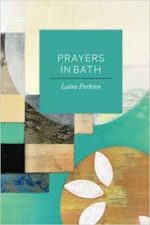
The half-inch thickness of the thin paperback belies its contents. Some context on the limited edition, published by Mormon Artists Group, explains the dense publication: fifty hand-bound copies in Asahi silk, hand numbered, and signed with color reproductions of the four original art pieces created by Jacqui Larsen for the book.
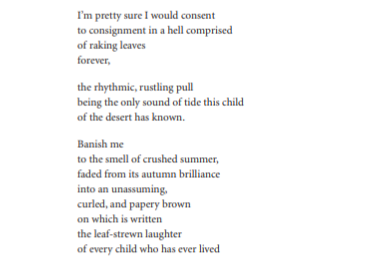
I’m pretty sure I would consent
to consignment in a hell comprised
of raking leaves
forever,
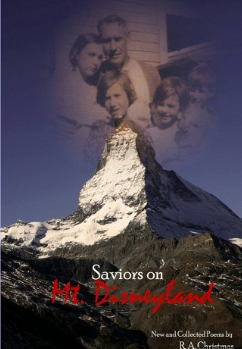
If you have never read a poem by Bob Christmas, this book is your chance to catch up. Take it.
If you have read poems by Bob Christmas, this book is your chance to enjoy yourself all over again. Plunge in.
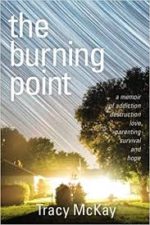
When reading a good book I’ll often hop online to supplement or enrich my sensory experience. This time I sought a detailed close-up for mala beads, a tactile sense of the silk handkerchief around a deck of tarot cards, an image of a gilded ketubah, and a sense of the gleaming stained glass medallion in the Nauvoo temple—but Tracy McKay’s memoir also gave me opportunities to look up some classic songs and spend some time enjoying them through a new auditory “lens.”
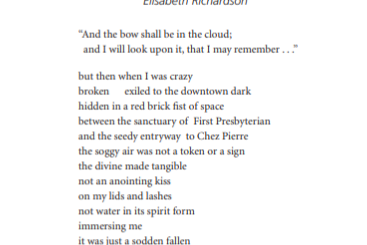
but then when I was crazy
broken exiled to the downtown dark
hidden in a red brick fist of space
between the sanctuary of First Presbyterian